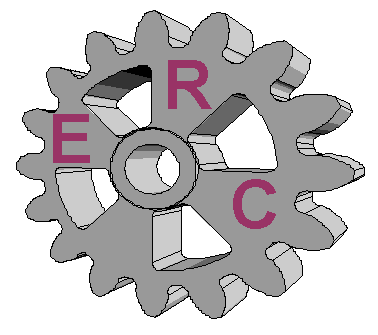


Transfer Molding
Note: The following index list will take you to separate articles pertaining to the specific subject.
Index
return to Plastic Information and Processes
Introduction:
Transfer molding was introduced by Shaw Insulator Company, Irvington, New Jersey, in 1926.
The term "transfer molding" is now generally applied to the process of forming articles, in a closed mold, from a thermosetting material that is conveyed under pressure, in a hot, plastic state, from an auxiliary chamber, called the transfer pot, through runners and gates into the closed cavity or cavities.
Prior to the development of transfer molding, thermosetting materials were handled only in compression molds.
Process:
Essentially, this type of molding requires the transfer of material under pressure from a "pot" or "well" through runners and gates into cavities retained in a closed heated mold. Usually. the charge has been preheated before being placed in the pot.
Basically, there are three variations of this technique:
Transfer Mold in Compression Press, with this type a single hydraulic ram is used.
Plunger Molding, sometimes called auxiliary ram transfer. In this method an auxiliary ram is used to exert pressure on the material in the pot.
Screw-Transfer Molding, the material is preheated by preplasticizing in a screw and is dropped into the pot of an inverted plunger mounted in a downward clamping press with a fixed bottom platen.
Advantages
Loading time usually is shorter in transfer molding than in compression molding.
Tool and maintenance costs are less than compression molding.
Due to less tooling wear closer tolerances on all molding dimensions should be possible.
Transfer molding reduces the cost of finishing all thermosetting materials, due to less flash.
Inserts can be molded into intricate parts
Disadvantages
Loss of material left in the pot, sprue, and runners is completely polymerized and must be discarded.
Where large volume production is required, and cross sections are simple and uniform, compression molding may be cheaper.
 Return to the Enginnering Resource Center Home Page. (ERC)
Return to the Enginnering Resource Center Home Page. (ERC)
Kodak Equipment Manufacturing Division. (KEMD)
return to Plastic Information and Processes
Return to the Top






![]() Return to the Enginnering Resource Center Home Page. (ERC)
Return to the Enginnering Resource Center Home Page. (ERC)